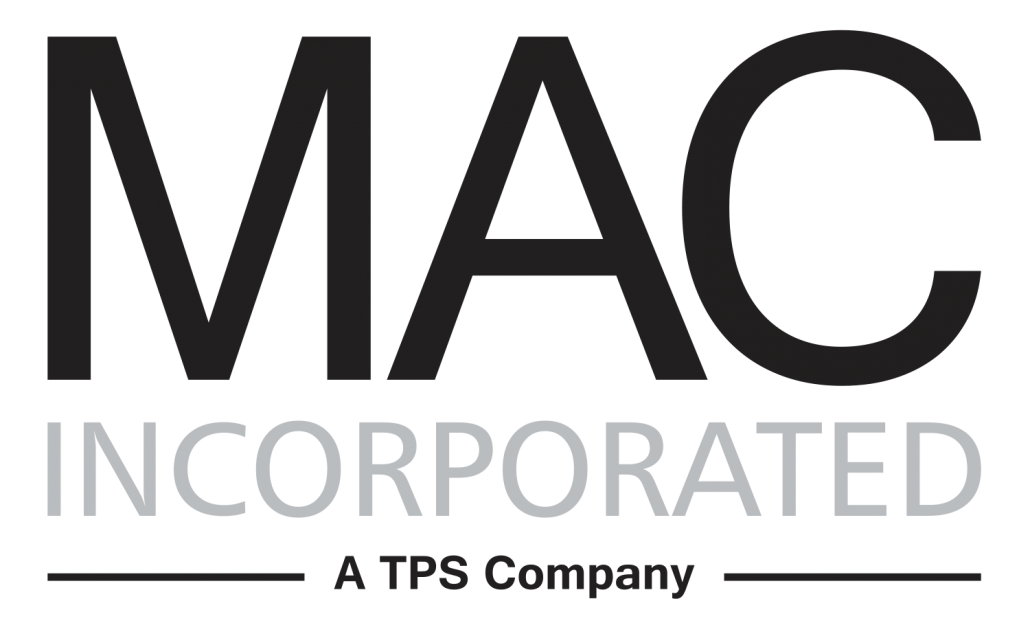OSHA Overview: A Brief on Asbestos
Asbestos is a naturally occurring mineral that once was lauded for its versatility, recognized for its heat resistance. It was woven into fabric and mixed with cement. However, asbestos is highly toxic and a known cause of mesothelioma cancer. Its use has been banned in more than 50 countries (not including the U.S.) and has been severely restricted in many others.
According to the Occupational Health and Safety Administration, more than 75 different types of jobs in the U.S. have been known to expose workers to the harmful chemical. Because the majority of asbestos-related illnesses each year can be traced to occupational exposure, the OSHA has put regulations in place to keep workers safe and reduce asbestos exposure. Below we’ll tackle the most important things you need to know about asbestos regulations.
What OSHA regulations are in place to protect workers?
The OSHA has two asbestos standards:
- General Industry Standard (29 CFR 1910.1001) covers routine housekeeping activities in buildings and automotive brake repair.
- Construction Standard (29 CFR 1926.1101) applies to demolition and renovation where asbestos is removed or encapsulated. It also covers building maintenance, repair activities, and emergency cleanup of asbestos spills.
What rights do workers have to know about asbestos hazards?
Under 1910.1001(d)(7)(i) the employer must notify employees of any asbestos monitoring results within 15 days. Building and facility owners shall determine the presence, location, and quantity of ACM and/or PACM at the work site. Employers and building and facility owners shall exercise due diligence in complying with these requirements to inform employers and employees about the presence and location.
The following materials are presumed asbestos-containing material (PACM) and must be handled accordingly if they were installed in buildings built prior to 1980:
- Pipe and boiler coverings (thermal system insulation),
- Sprayed or troweled on surfacing material such as fireproofing,
- Asphalt or vinyl flooring, and any other materials that an employer or building owner knows contain asbestos.
Under 1910.1001(j)(4), an employer must post warning signs at the entrance of areas with asbestos containing material or area where asbestos work is being done. Labels must be applied to ACM products and containers, including waste containers.
The organization must also provide training for custodial and maintenance workers on health hazards, locations of asbestos, and what actions to take if asbestos fibers are released. Construction and maintenance workers who disturb asbestos must also receive additional training on proper work practices, respirators, and protective clothing.
What is the legal limit for asbestos exposure?
The OSHA has set permissible exposure limits (PEL), which are the maximum levels that workers may be exposed to for hazardous substances. The PEL for asbestos is one-tenth of an asbestos fiber per cubic centimeter of air, or 0.1f/cc averaged over an eight-hour shift. In addition, no employee may be exposed above the excursion limit, which is an airborne concentration of asbestos over one fiber per cubic centimeter of air (1f/cc) averaged over a 30 minute period. 1910.1001(d) gives the rules for how to monitor asbestos exposure.
Prohibited workplace practices.
The OSHA prohibits organizations from doing the following:
- Dry sweeping, dusting, shoveling or normal vacuuming of asbestos or PACM material, debris, waste, or dust.
- Using compressed air to clean surfaces contaminated with asbestos or to remove asbestos unless it is used with a ventilation system that can capture the dust cloud.
- Sanding of asbestos-containing flooring material.
It’s important to remember that no exposure to asbestos is healthy, but by following the OSHA standards, you greatly reduce the risk of asbestos related illnesses.
Need to know more about asbestos regulations? Visit OSHA.gov. At MAC Incorporated, we take pride in making sure our workers are safe. As a niche-based recruiting and staffing firm, we specialize in the placement of engineering, maintenance, and operations management professionals, so we’re always up to date on the latest healthy and safety standards.

